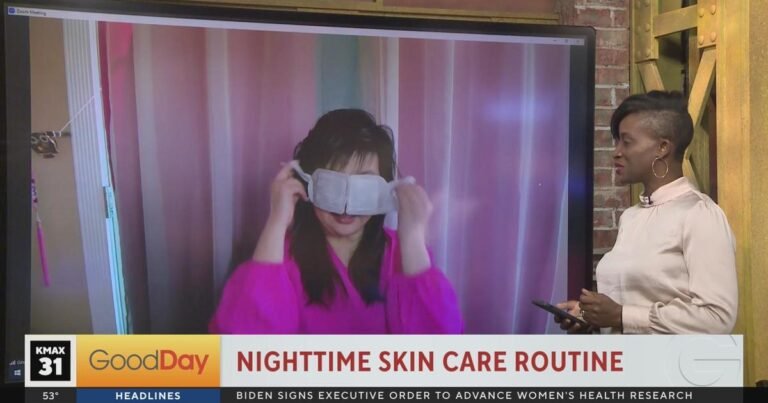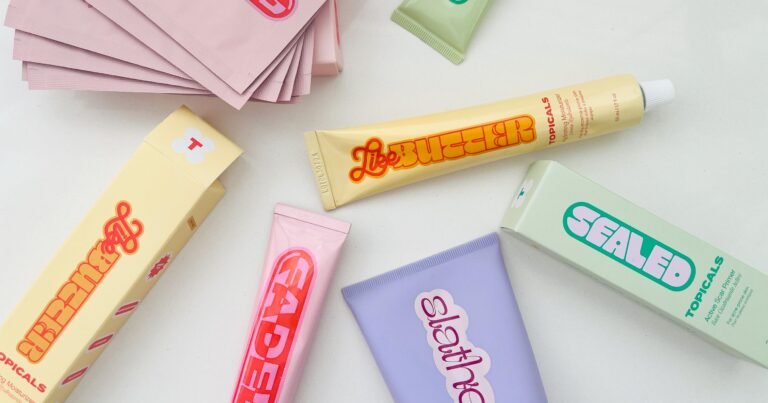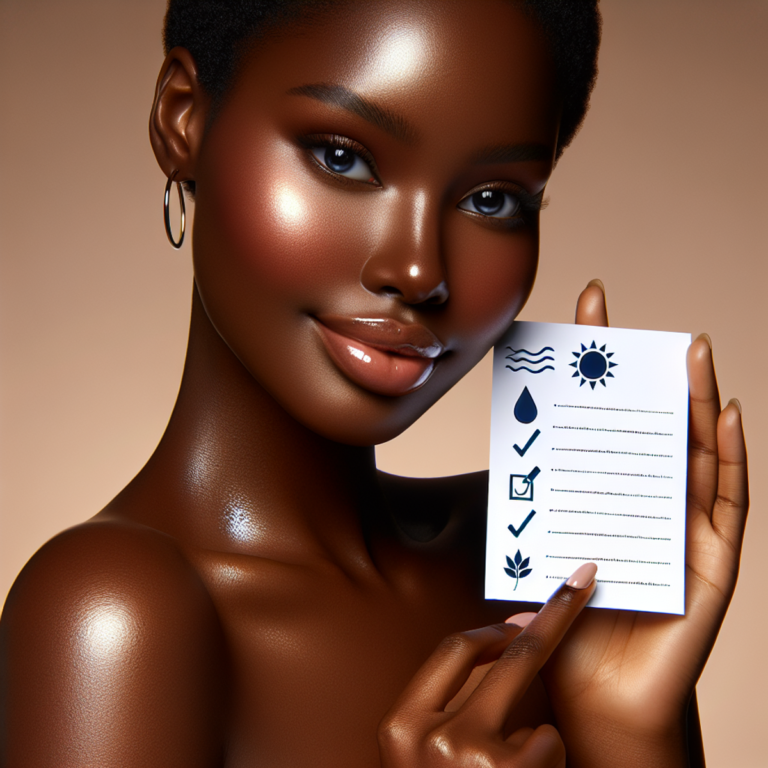Balayage vs Ombré: The Key Difference and How to Choose

Introduction
When it comes to hair coloring techniques, two popular options that often get confused are Balayage and Ombré. While they may sound similar, they have distinct differences that can greatly impact the final result. Understanding these differences is crucial in order to achieve your desired look. In this article, we will explore the key differences between Balayage and Ombré and provide guidance on how to choose the right technique for you.
Brief explanation of Balayage and Ombré:
Balayage is a French word that means “sweeping” or “painting.” It involves hand-painting color directly onto the hair in a strategic manner. The focus is mainly on the top layer of hair, resulting in a semi-gradient look. On the other hand, Ombré is characterized by a distinct color contrast from dark roots to light ends. It creates a dramatic two-toned effect, with darker roots gradually transitioning into lighter ends.
Importance of understanding the difference:
Understanding the difference between Balayage and Ombré is crucial because it determines the overall look and feel of your hair color. If you’re looking for a subtle, natural-looking result with seamless transitions, Balayage might be the right choice for you. On the other hand, if you want a more dramatic gradient effect with a clear contrast between dark and light shades, Ombré could be the way to go.
Overview of factors to consider when choosing between Balayage and Ombré:
When deciding between Balayage and Ombré, several factors should be taken into consideration:
- Personal preference: Your personal style and desired hair color effect play a significant role in choosing between these techniques.
- Lifestyle: Consider how much time and effort you are willing to invest in maintaining your hair color.
- Hair length and texture: Certain techniques work better on specific hair lengths and textures.
- Maintenance needs: Balayage generally requires less maintenance compared to Ombré.
- Budget: The cost of these techniques can vary, so it’s essential to consider your budget.
By considering these factors, you can make an informed decision on whether Balayage or Ombré is the right choice for you. In the following sections, we will delve deeper into each technique and explore their unique characteristics.
Understanding Balayage
The writing style is informative and direct, using a clear and concise vocabulary that is easy to understand. The sentences are structured in a straightforward manner, often listing features or pros and cons of different software tools. It frequently uses the second-person pronoun “you” to engage the reader directly.
The content delivers practical information and personal experiences in a clear and relatable manner. The tone is confident yet humble, emphasizing authenticity and transparency. It incorporates industry-specific terminology and names of software tools for authenticity.
The writer often uses comparative phrases to evaluate different products, providing useful insights for the readers. Repetition is used as a tool for emphasis on key points, and the text often includes calls-to-action for reader engagement.
When it comes to academic writing, it’s crucial to follow proper citation and referencing guidelines. This ensures that your work is credible and allows readers to easily locate the sources you’ve used. Incorporating citations not only strengthens your arguments but also demonstrates your understanding of the topic by referring to reputable sources.
In academic writing, it’s essential to maintain a formal tone and provide evidence-based support for your claims. This involves citing research studies, scholarly articles, or other authoritative sources to back up your statements. By doing so, you lend credibility to your work and show that your ideas are grounded in existing knowledge.
Moreover, academic writing often requires adherence to specific formatting styles such as APA, MLA, or Chicago Style. These styles dictate how citations should be formatted within the text as well as in the bibliography or reference list at the end of the document.
To avoid plagiarism, which is a serious offense in academia, it’s important to properly attribute ideas and information that you’ve obtained from other sources. This means not only citing direct quotes but also paraphrasing or summarizing another author’s work while giving them credit.
By incorporating these citation and referencing practices into your academic writing, you demonstrate your commitment to integrity and intellectual honesty. It shows that you value the contributions of others in your field and are dedicated to building upon the existing body of knowledge.
Exploring Ombré
Ombré is a popular hair coloring technique that has gained widespread attention for its stunning visual impact. It involves a distinct color contrast from dark roots to light ends, creating a dramatic two-toned hair color effect that exudes modern elegance. The concept of Ombré revolves around achieving a seamless transition from one shade to another, resulting in a striking and eye-catching appearance.
The Beauty of Ombré
The hallmark of Ombré is the seamless gradient from darker hues at the roots to lighter tones towards the ends. This creates a visually captivating effect that adds depth and dimension to the hair. The gradual shift in color gives off a sun-kissed, natural vibe that is highly sought after in the world of hair coloring.
Low Maintenance Appeal
One of the key advantages of Ombré is its minimal maintenance requirements coupled with minimal hair damage. This makes it an attractive option for individuals seeking a stylish yet low-maintenance hair color solution. For instance, if you have dark hair, you can explore low-maintenance balayage hair color options that offer similar benefits as Ombré. With Ombré or balayage, you can enjoy beautiful, multi-tonal hair without having to commit to frequent touch-ups or intensive upkeep routines.
Suitability for Different Hair Types
When considering Ombré, it’s important to take into account its suitability for different hair types. While this technique can work wonders on various textures and lengths, consulting with a professional colorist is crucial to assess whether Ombré is the right choice based on individual hair characteristics and personal style preferences.
In summary, exploring Ombré unveils an enchanting approach to hair coloring that embraces bold contrasts and effortless sophistication. With its seamless gradient and minimal upkeep requirements, Ombré offers a captivating option for those looking to make a style statement with their hair.
Key Differences between Balayage and Ombré
When it comes to hair coloring techniques, Balayage and Ombré are two popular choices that can transform your look. While both techniques involve creating beautiful color transitions in the hair, there are key differences that set them apart. Let’s explore the main differences between Balayage and Ombré:
1. Highlighting vs Hair Color Effect
The first and most important difference between Balayage and Ombré is the purpose of each technique. Balayage is primarily a highlighting technique, where color is strategically hand-painted onto the hair to create natural-looking, sun-kissed highlights. On the other hand, Ombré is focused on creating a distinct hair color effect with a gradient transition from dark roots to lighter ends.
2. Subtler vs Bolder Look
Another notable difference between Balayage and Ombré is the overall look they achieve. Balayage tends to result in a subtler and more natural appearance. The hand-painted highlights blend seamlessly with your natural hair color, creating depth and dimension. In contrast, Ombré creates a bolder and more dramatic effect with a clear contrast between the dark roots and light ends.
3. Placement of Color
While both techniques involve transitioning from darker to lighter shades, the way the color is placed differs in Balayage and Ombré. With Balayage, the emphasis is on painting color onto the top layer of hair, resulting in a semi-gradient effect. This technique allows for longer, more natural-looking transitions between colors. On the other hand, with Ombré, the color change is more distinct and typically starts at the roots, gradually fading into lighter shades towards the ends.
To summarize, Balayage and Ombré have distinct characteristics that make them suitable for different preferences and desired outcomes:
- Balayage offers a more subtle and natural look.
- Ombré creates a bolder and more pronounced color effect.
Understanding these key differences will help you make an informed decision when choosing between the two techniques.
Factors to Consider in Choosing Between Balayage and Ombré
When choosing between Balayage and Ombré techniques, there are several factors to consider to ensure that the chosen hair coloring method aligns with your personal preferences and lifestyle.
1. Individual Preferences
Your personal style and aesthetic preferences play a significant role in deciding between Balayage and Ombré. If you prefer a more natural and subtle look with seamless color transitions, Balayage may be the ideal choice for you. On the other hand, if you lean towards a bold and striking two-toned hair color effect, Ombré could be the perfect fit.
2. Lifestyle and Desired Hair Color Style
Consider your daily routine, profession, and overall lifestyle when deciding between these two techniques. Balayage, known for its low-maintenance nature and gradual regrowth lines, is well-suited for individuals with busy schedules who may not have the time for frequent salon visits. Conversely, if you desire a more statement-making and defined color contrast, Ombré can offer that striking appearance without extensive upkeep.
3. Impact of Hair Length and Texture
The length and texture of your hair are crucial factors in determining whether Balayage or Ombré is suitable for you. While Balayage works exceptionally well on various hair lengths and textures due to its customizable nature, Ombré may require longer hair to achieve the desired color transition from roots to ends effectively.
4. Maintenance Needs and Budgetary Considerations
Assess your willingness to commit to regular maintenance appointments and the associated costs. Balayage typically requires less frequent touch-ups compared to Ombré, making it a cost-effective option in the long run. Additionally, consider the impact of each technique on your hair’s health, as more intensive coloring processes may necessitate additional hair care expenses.
By carefully considering these factors, you can make an informed decision that aligns with your unique preferences, lifestyle, and budgetary considerations when choosing between Balayage and Ombré techniques.
Other Hair Coloring Techniques to Explore
When it comes to hair coloring, there are several techniques that are similar to Balayage and Ombré. These techniques offer different effects and can help you achieve your desired look. Here are some other hair coloring techniques you may want to explore:
1. Foil highlights
Foil highlights involve separating sections of hair and applying color or bleach to those sections before wrapping them in foils. This technique creates a more uniform and precise result compared to Balayage or Ombré. Foil highlights are great for adding brightness and dimension to the hair.
2. Traditional highlights
Traditional highlights involve applying color or bleach to small sections of hair from the roots to the ends. This technique provides a more consistent and evenly distributed color throughout the hair. Traditional highlights are versatile and can be customized to create different effects, from natural-looking sun-kissed highlights to more dramatic results.
3. Lowlights
Lowlights are the opposite of highlights, where darker shades are applied to certain sections of the hair. This technique adds depth and dimension, creating a contrast between lighter and darker tones. Lowlights can be used to create a more natural-looking result or add richness to a specific area of the hair.
4. Babylights
Babylights involves applying very fine, subtle highlights throughout the hair, mimicking the natural highlights that children often have. This technique creates a soft and delicate effect, adding brightness and dimension without overpowering the overall look. Babylights are perfect for those who want a more understated and natural result.
5. Sombré
Sombré is a softer version of Ombré. It involves blending two or more colors together, creating a subtle transition from dark roots to lighter ends. Sombré provides a more gradual gradient effect compared to Ombré, resulting in a natural-looking color change. This technique is great for those who want a low-maintenance option with less contrast.
Each of these techniques offers its own unique benefits and effects. The choice between them depends on your personal preferences, desired look, and hair type. It’s important to consult with a professional colorist who can assess your hair and recommend the best technique for you.
Remember, experimenting with different hair coloring techniques can be fun and exciting. Don’t be afraid to try something new and embrace the possibilities of transforming your hair into a work of art.
Conclusion
Summarizing the differences between Balayage and Ombré
- Balayage is a highlighting technique, creating a subtler, more natural look.
- Ombré is a dramatic color effect, providing a bolder gradient look.
Encouraging readers to consider their own preferences
- Your personal style and lifestyle should guide your choice.
- Consult with a professional colorist for expert advice tailored to your hair type and desired look.
Choosing the right hair coloring technique is crucial for achieving the perfect style that complements your features and lifestyle. An essential step in this process is seeking a professional consultation. By understanding the differences between Balayage and Ombré, you can make an informed decision that aligns with your individual preferences. Remember, personalized advice from a skilled colorist will ensure that the chosen technique enhances your natural beauty and suits your unique hair characteristics.










